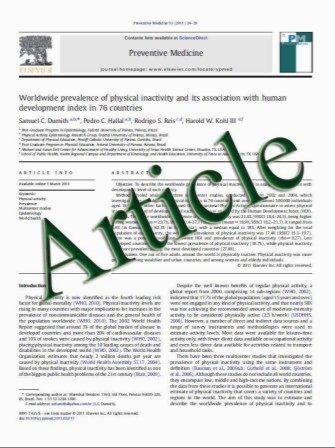Age, gender, and body length effects on reference serum creatinine levels determined by an enzymatic method in Japanese children: a multicenter study
- نوع فایل : کتاب
- زبان : انگلیسی
- مؤلف : Osamu Uemura Masataka Honda Takeshi Matsuyama Kenji Ishikura Hiroshi Hataya Nahoko Yata Takuhito Nagai Yohei Ikezumi Naoya Fujita Sh
- چاپ و سال / کشور: 2011
Description
Background Enzymatic methods have recently been used to measure creatinine (Cr) instead of the Jaffe method. Therefore, it is necessary to determine the reference serum Cr value for these enzymatic methods to evaluate renal function in Japanese children. Methods To determine reference values of serum Cr in Japanese children, 1151 children (517 male, 634 female) aged between 1 month and 18 years had their serum Cr values measured by an enzymatic method. To be included in the study the children had to be without kidney disease, urogenital disease, infectious disease, inflammatory disease, dehydration, muscular disease, anomaly syndrome, cardiovascular disease, malignant disease, hypertension, liver or pancreas disease, or pregnancy. Results The medians of reference values increased gradually with age, i.e., 0.30 mg/dl at 4 years old and 0.41 mg/ dl at 10 years old. In adolescence, they increased significantly more rapidly in males than in females. We found a linear regression equation capable of estimating the reference value of serum Cr in children aged 2–11 years, and quintic regression equations capable of estimating the reference values of serum Cr in male and female children of all ages. Conclusion The reference serum Cr levels determined by an enzymatic method related to age, gender, and body length, and our linear and polynomial equations showing the relationship between body length and serum Cr level will be applicable for screening of renal function in Asian as well as Japanese children.
Clin Exp Nephrol Received: 8 March 2011 / Accepted: 6 April 2011 Japanese Society of Nephrology 2011


